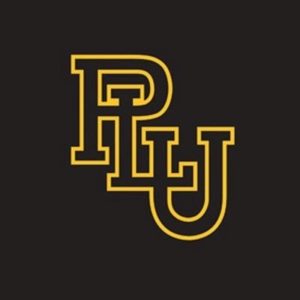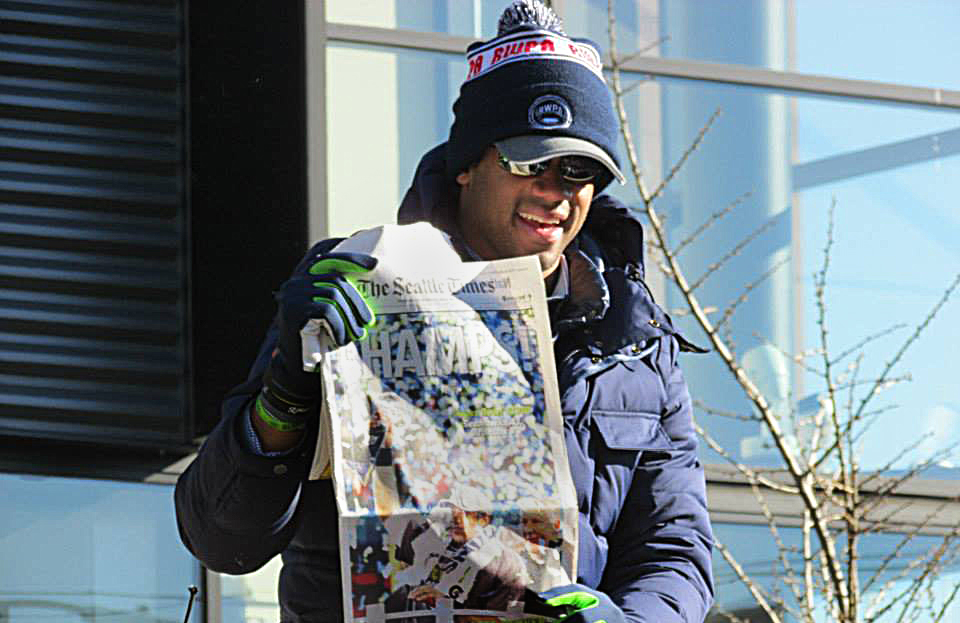
By Hayden Mortensen
Athletes take risks. They regularly sacrifice their bodies for the thrill of competition. So risks of COVID-19 do not necessarily faze them, but masks do.
Most Pacific Lutheran University (PLU) athletes who participated in this article do not fear COVID-19, and some expressed that wearing masks at practice actually hinders their wellbeing more than the virus itself. Their devotion to discipline and their empathy for the community are the reasons they mask up for practice.
One cannot blame their indifference to the virus; they have equal or greater chances of death from simply playing sports.
1 per 100,000 persons ages 15-24 die from COVID-19 in the United States according to the Centers for Disease Control and Prevention (CDC). To compare the risks, I found several statistics from a variety of other sources including the CDC and the National Collegiate Athletic Association (NCAA):
- 1 per 100,000 high school and college football players die from football-related incidents
- 1** per 100,000 competitive swimmers die from shallow water blackout (SWB)
- 2.1 per 100,000 non-intoxicated walkers, joggers, and runners die from vehicle collisions
- 2.5 per 100,000 NCAA athletes die from sudden cardiac fatalities
** Limited data on SWB drownings/swimmer count. Rough estimate ± 0.5
Numerous sports injury hospitalizations happen each year in the US as well.
I did not give any of these statistics to the PLU athletes I surveyed, yet their responses about masks had common themes of disdainful obedience. I also found variables in mask-wearing enforcement. I emailed 22 male and female athletes from Football, Soccer, Basketball, Volleyball, Cross Country and Swimming. Eight responded with information. My friends from Swimming permitted me to quote them directly, as did Max Larson from Football. The rest of the respondents requested to be quoted anonymously.
Larson explained the strict protocols Football adheres to. He said they practice in separate small pods, and coaches watch them carefully to ensure their masks stay on properly at all times. The only times unmasking is permitted are when drinking water or when stepping far away to catch one’s breath. Another football player confirmed this rigidness.
Conversely, I discovered Soccer did not have to wear masks for practice. I received more information about this in phone calls with head coaches Seth Spidahl and John Yorke. The coaches told me they followed the mandates given to them through the duration of their fall schedule, which ended before the November 15 rollback from Governor Jay Inslee. They recorded daily temperature checks and allowed their players to wear masks optionally. Spidahl reassured me that university administrators were on board with mask-optional practices, and he sent me accredited studies showing no added risk of COVID-19 transmission among unmasked soccer players. Soccer reported no cases of COVID-19 among their athletes.
Coach Adam Frye from Cross Country said his team was allowed similar mask-optional procedures. Both Soccer and Cross Country mask up when gathering before practice, but then unmask for training with distance between athletes.
Inconsistencies in COVID regulations happen indoors as well. Swimmers wear masks while exercising on land in the pool complex, but they unmask in the water. Although they distance themselves in the water, crossing each other within six feet is unavoidable. Senior Christiaan Chandler, who overcame COVID-19 this summer with mild to no symptoms, said this, “We take off our mask when we swim, which I do feel kind of defeats the purpose of wearing it in general.”
Mask protocols in the Names Fitness Center are much more stringent. Larson said, “If your mask falls past your nose, you are asked almost immediately to put it back up, and if you fail at this task three times you are kicked out of the weight room for that day or indefinitely.”

Larson would like a little more leniency in the weight room to unmask for air when needed. He has slight asthma so breathing is challenging at maximum effort. “I get concerned especially on squats because you almost feel lightheaded with your breathing being constrained,” he said. “There has been a few times where I have almost felt like I was going to pass out.”
Asthmatics have no increased risks from COVID-19 according to the Asthma and Allergy Foundation of America (AAFA). Masks may be frustrating for them, but they bear the burden anyway. Another asthmatic athlete said, “I have come close to passing out [with masks] and have never had to struggle so hard to breathe doing normal practice drills.”
Nevertheless, that athlete looks forward to better cardiovascular endurance from wearing masks.
Non-asthmatic athletes also expressed dangerous breathing difficulties and near-fainting. One also said, “It becomes difficult to focus on practice with a mask on.” That individual seemed sick of masks. “I think that masks while practicing are useless as we are already rubbing and sweating on each other while playing anyway,” they said.
Based on mortality statistics, PLU athlete testimonies, and AAFA information, masks clearly are not for the athlete’s safety. Nevertheless, athletes wear masks for the at-risk people whom they could potentially infect. One athlete said this:
“While I understand the importance of slowing the spread, sometimes I struggle with the purpose of it when we are all spread out anyways. I also feel that collegiate athletes are some of the most physically fit people in the whole country and therefore at the lowest risk of contracting the disease. However, I know that the risks go beyond just the athletes getting it, as they could simply spread it to higher risk people. Overall, I understand the reasoning behind it….I want to make it clear that I think masks are important and that we should wear them during practice, but there are certain times during practice or training where we should be allowed to remove them.”
Most of the other respondents displayed similar commitment to the community.
The sheer amounts of anonymity and silence from the athletes I emailed led me to believe that many fear the repercussions that could be enacted by those in power for inadequately complying with COVID-19 restrictions. Such fears currently sadden many in the US who feel like they are being dangerously proctored. Athletes on mask-required teams try their best to correctly wear masks, but sometimes they need to move them to breathe better or communicate clearly. Other times the masks slip naturally. One athlete said their team wears their masks correctly over their noses and mouths 70% of the time, another said 90%.
Ultimately, PLU athletes and coaches said they have been glad to be allowed to practice at all in 2020. “I think it’s important to wear masks while practicing,” swimmer Tori Oshiro said, “athletes are really lucky to be given the opportunity to practice.”
All of my correspondents expressed a longing to continue to compete even if it meant more mask wearing.


















